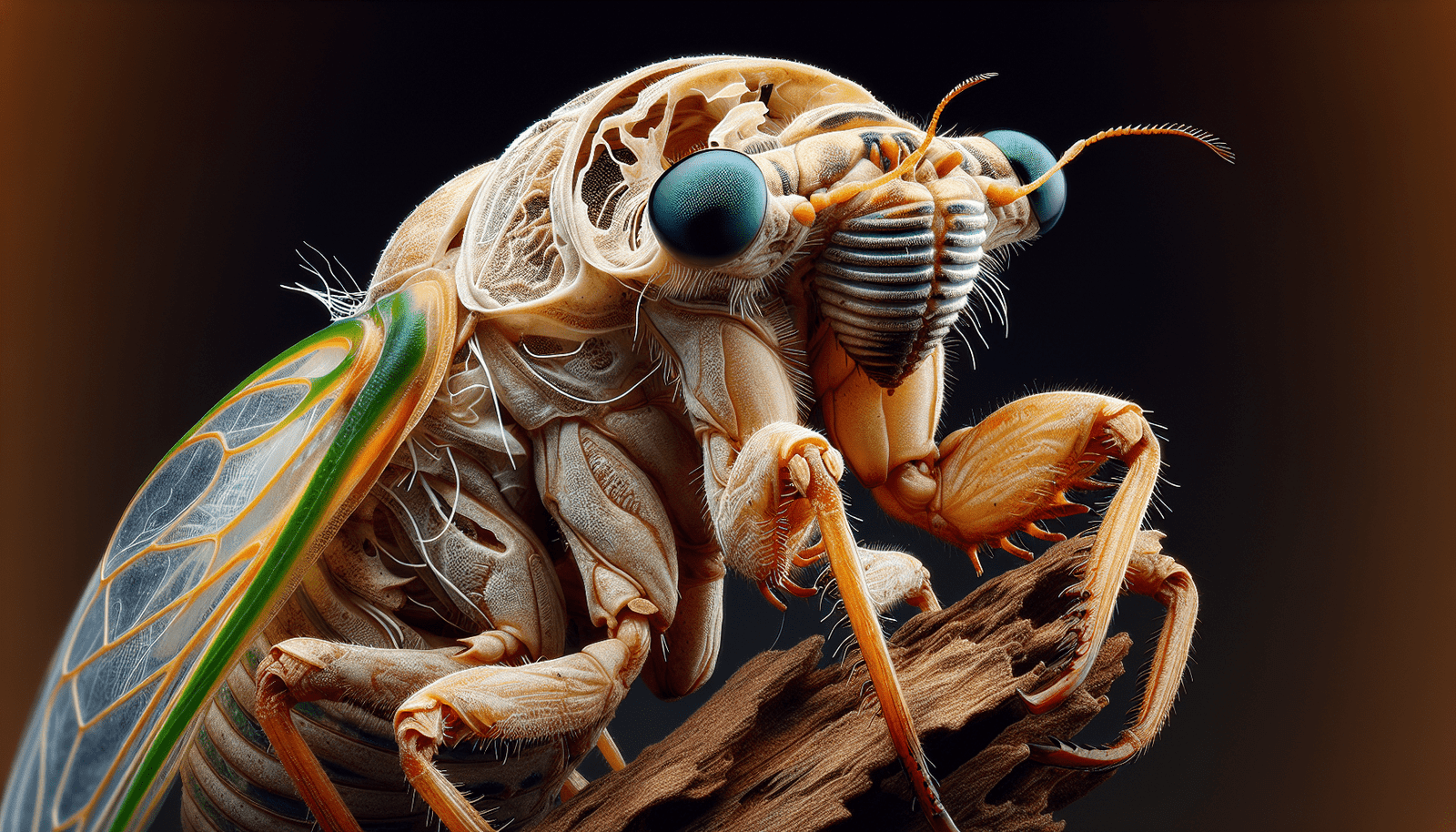Welcome to an informative article on the current research being conducted on cicadas! Scientists are delving into various aspects of these fascinating insects, studying everything from their life cycles to their unique behaviors. This post aims to provide you with a deeper understanding of the important research that is being done on cicadas, shedding light on the incredible world of these buzzing creatures. So sit back, relax, and get ready to learn more about what scientists are currently studying when it comes to cicadas.
Current Research On Cicadas: What Scientists Are Studying
Have you ever wondered what makes cicadas such fascinating creatures? From their long life cycles to their loud calls, these insects have captured the curiosity of scientists for decades. In this article, we will explore the current research on cicadas and what scientists are studying to better understand these unique insects.
The Life Cycle of Cicadas
Cicadas are known for their remarkable life cycles that can span anywhere from 2 to 17 years depending on the species. During the majority of their lives, cicadas live underground as nymphs, feeding on plant roots until they are ready to emerge as adults. Once above ground, they shed their exoskeletons and spend a few weeks mating and laying eggs before dying.
Researchers are currently studying the factors that influence the length of cicada life cycles, as well as how these insects are able to accurately keep track of time while underground. By understanding the intricacies of cicada life cycles, scientists hope to gain insights into broader ecological and evolutionary questions.
The Impact of Cicadas on Ecosystems
Cicadas play a crucial role in their ecosystems by controlling plant populations and serving as a food source for various predators. As nymphs, they help aerate the soil and recycle nutrients, while as adults, they provide essential nutrients for animals higher up in the food chain.
Scientists are investigating the effects of cicada emergences on plant communities and predator populations to better understand the ecological importance of these insects. By studying how cicadas interact with their environment, researchers can assess the overall health and stability of ecosystems.
The Genetics of Cicadas
With the advent of modern genetic techniques, scientists have been able to delve into the genetic makeup of cicadas to uncover new insights into their biology. By sequencing the genomes of different cicada species, researchers have identified key genes involved in their development, behavior, and survival.
One particular area of interest is the genetic basis of cicada sound production, as these insects are known for their loud calls that can reach up to 120 decibels. By studying the genes responsible for sound production, scientists hope to gain a deeper understanding of how cicadas communicate and attract mates.
Cicada Mating Behavior
Mating is a critical aspect of the cicada life cycle, as it ensures the continuation of their species. Male cicadas produce loud calls to attract females, who respond by flicking their wings. Once paired, they engage in a courtship dance before mating and laying eggs.
Researchers are studying cicada mating behavior to uncover the mechanisms behind mate selection, courtship rituals, and reproductive success. By observing these interactions in the wild and in controlled laboratory settings, scientists can gain insights into the evolutionary strategies employed by cicadas to ensure successful reproduction.
Cicadas and Climate Change
Climate change is having a profound impact on insect populations worldwide, including cicadas. Rising temperatures and changing precipitation patterns can disrupt cicada life cycles, alter their distribution, and affect their overall abundance.
Scientists are monitoring cicada populations in different regions to assess how they are responding to climate change and to predict future trends. By studying the relationships between cicadas and their environment, researchers can better understand the vulnerabilities of these insects and develop conservation strategies to protect them in the face of a changing climate.
Citizen Science and Cicada Research
Citizen science initiatives have played a crucial role in advancing cicada research by harnessing the power of public participation. Volunteers can report cicada emergences, document mating behavior, and collect specimens for scientific study, providing valuable data to researchers.
If you are interested in getting involved in cicada research, consider joining a local citizen science project or contributing observations to online databases. Your efforts can help scientists better understand cicadas and contribute to important conservation efforts.
Conclusion
In conclusion, cicadas are fascinating insects that continue to captivate the attention of scientists around the world. By studying their life cycles, genetics, mating behavior, and responses to climate change, researchers are uncovering new insights into the biology and ecology of these remarkable insects.
If you are curious about cicadas and their role in the natural world, consider exploring the current research on these insects and getting involved in cicada-related citizen science projects. Your interest and participation can help advance our understanding of cicadas and contribute to their conservation and protection for future generations to enjoy.
